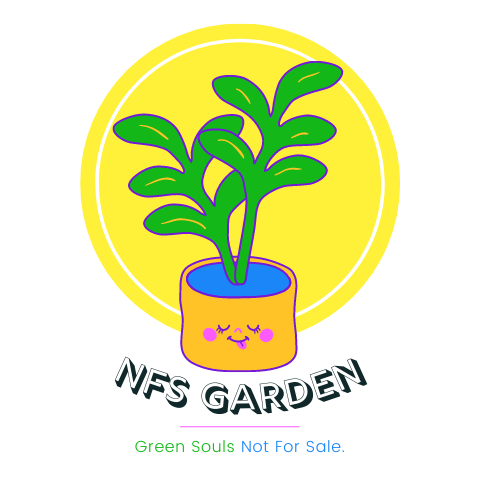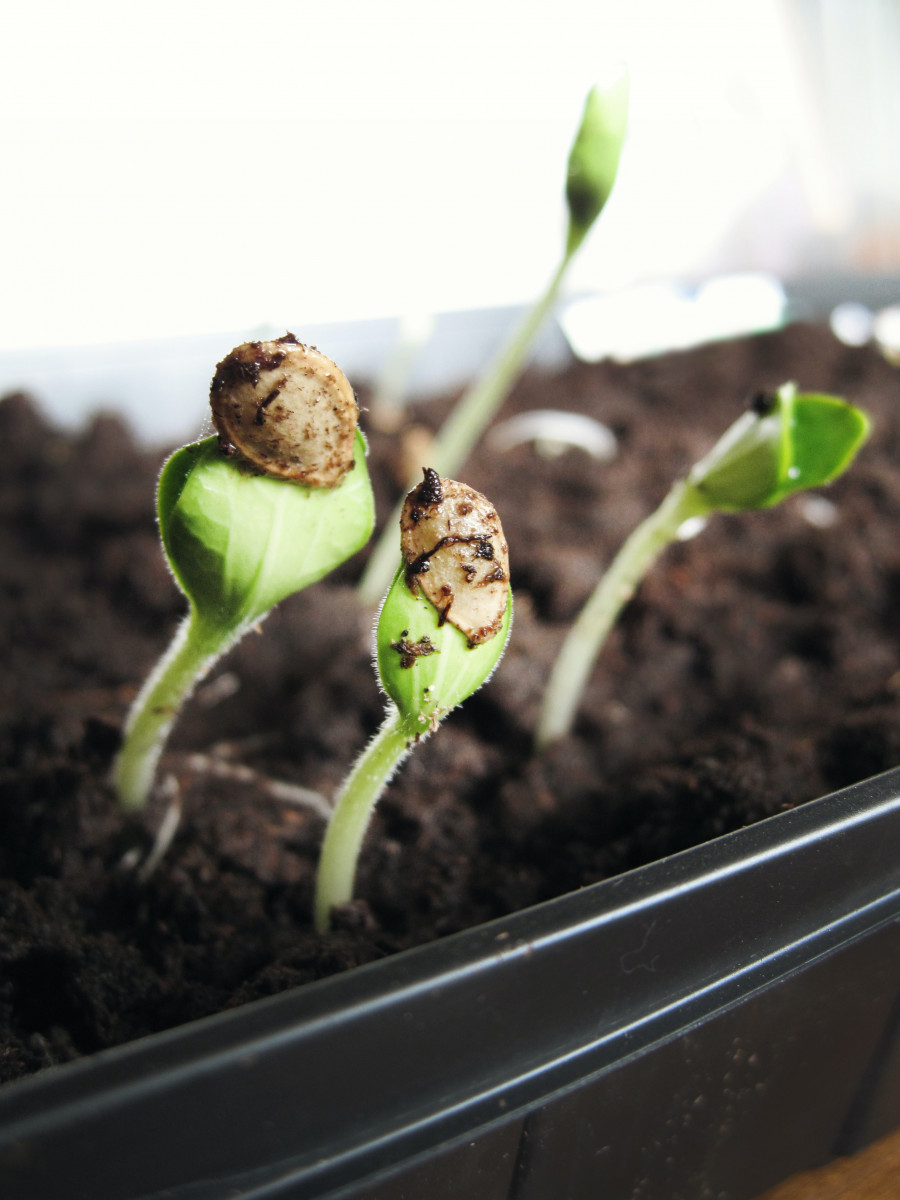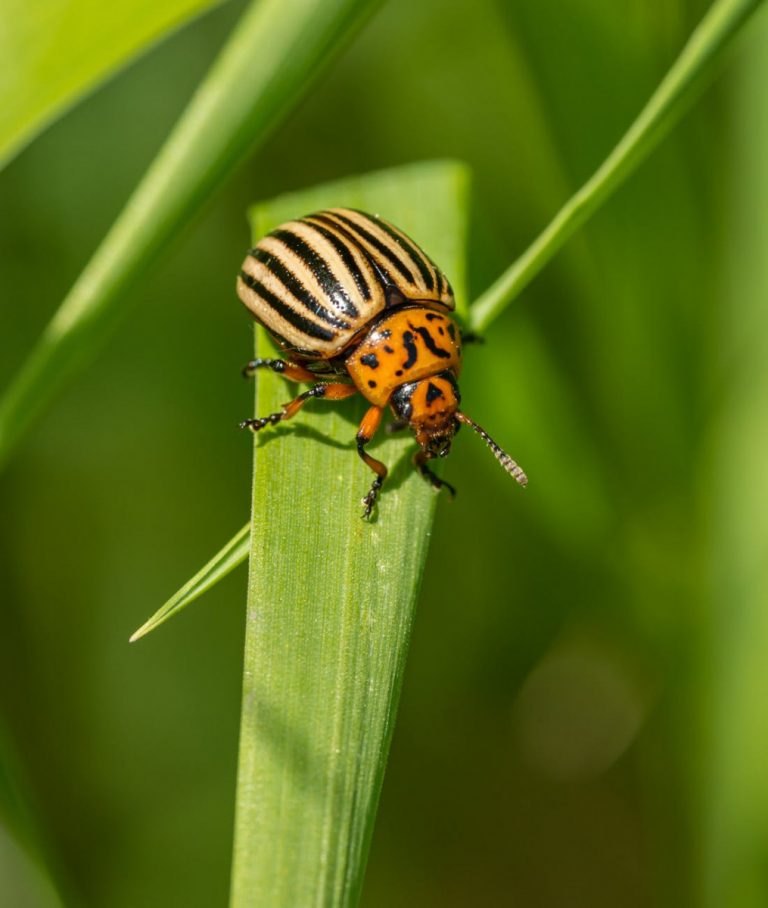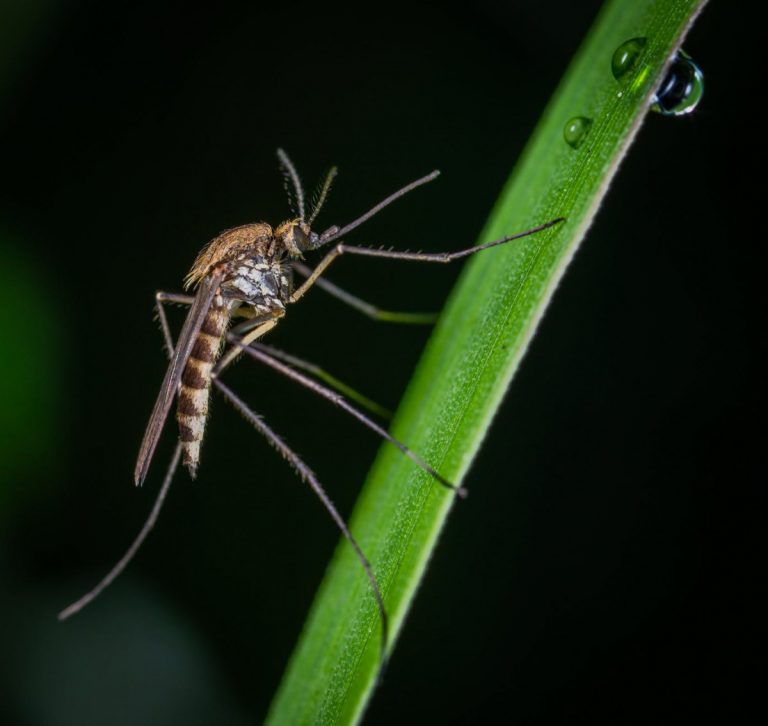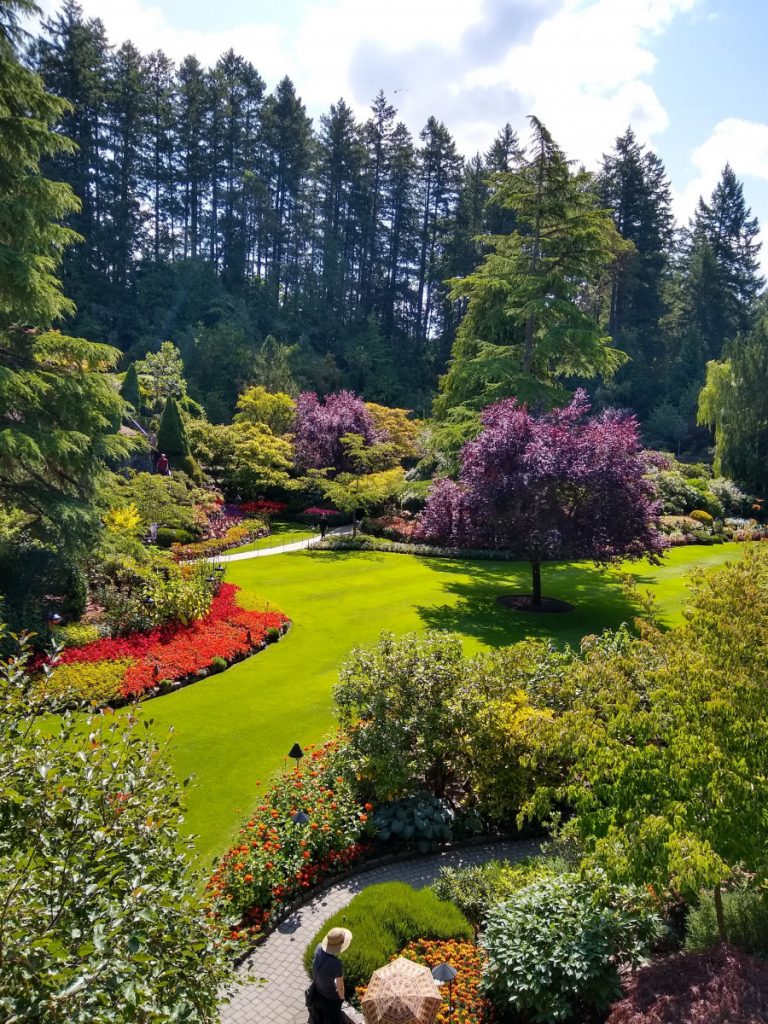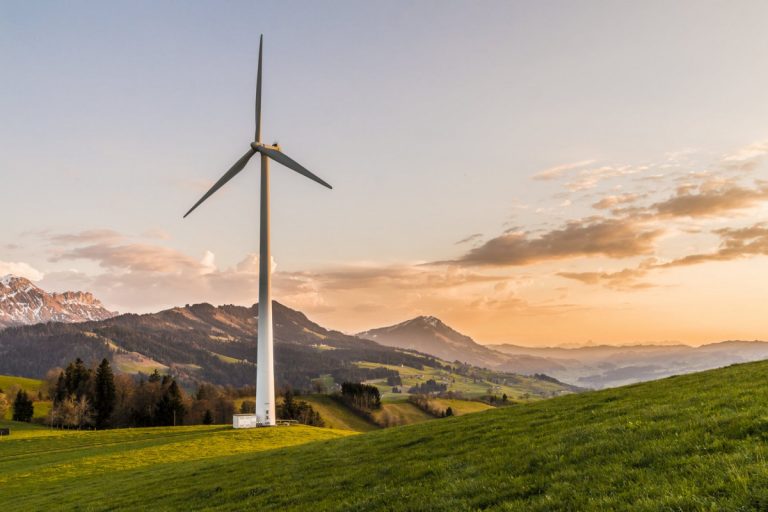Beginner’s Guide to Indoor Grow Box Before Purchase: Sustainable Cultivation Secrets at Home or in Office FAQs 2022
Quick Navigation
What Is A Grow Box?
A grow box is a particular closed building for producing plants and maintaining ideal circumstances, as the name suggests. The user may use this gadget to ensure:
- optimum ventilation and odor removal;
- ideal illumination on a regular basis;
- normal temperature and insulation;
- protection from inclement weather and sneaky eyes
❤️❤️❤️❤️❤️ Check Out This Gardening Gem
✅ Best Family Gardening Book
Works great – It almost feels like the author is a friend, providing you some good gardening information. She included sections on edible perennials, fruit trees, herbs, and edible flowers, along with the standard veggies that many of already grow and are well-acquainted with.
What Are The Grow Box Types?
Grow boxes are classified into numerous categories according on their construction, layout, and size.
A little indoor grow box may be the size of a computer case, whilst bigger professional versions may be the size of a dresser. This is a closed structure built of metal and plastic that includes lighting, ventilation (optional), and temperature control. When plants are grown by a single individual, this is the most popular option for indoor harvesting.
This structure is made up of several metal or plastic supports that are coated with light-proof fabric. This is a good alternative for individuals looking for a low-cost system that is simple to setup. A reflective material may be used to cover the inside of a tent (plastic covers have 94 percent reflectivity). Insulation muffles sound and keeps the temperature stable. Most grow tents lack lighting and other essentials.
- Grow Closets
Closets are similar in design, size, and capacity to grow tents, but are composed of different materials (usually are produced of a steel frame with aluminum walls). They are lined with reflective materials on the inside. Grow closets often feature numerous sections for vegetation and flowers. Furthermore, such versions often include all growing equipment and are pre-assembled, making them ideal for beginning gardeners. When we had to study grow box options, we discovered that this is the best option for gardeners who desire a bountiful yield.
- Grow Rooms
Those that want a large amount of growing area build grow rooms, which are composed of the same materials as grow tents. They may have numerous parts as well as extra features or goods. The more sophisticated versions have a reflecting inside, personalization choices, ventilation openings, and a strong frame. Typically, cooling and lighting systems are integrated. Although grow rooms seem to be difficult to manage, they have all of the necessary technologies for maintaining an ideal ecology.
How To Choose A Grow Box?
Pay close attention to the following criteria while selecting the ideal grow box to fulfill your growing needs.
- Wattage
Another key aspect is the amount of power used. If you’re concerned about high energy costs, go for a low-cost model that uses little energy.
- Full Automated
If you’re going to be gone for an extended period of time and have fussy plants, an automatic grow box is a necessary. You may use such a gadget to tailor the temperature, lighting, and moisturizing to your specific requirements. A timer will assist you in ensuring optimal conditions.
- Light Type
Choose High-Intensity Discharge (HID) lights for big spaces with adequate airflow. Compact Fluorescent Lights (CFL) will be used in tiny spaces. If you have a grow box and want to conserve energy, invest in Light Emitting Diode (LED) fixtures; these use less energy but are more costly.
- Odor Control
Depending on the plants you cultivate, you may want a good ventilation system. A carbon filter grow box will keep odors at bay. During the blooming process, certain plants, such as marijuana and other flowers, may generate an extremely strong stench.
- Light Proof
Choose a grow box with reflecting walls to protect plants from excessive light exposure. It will also prevent visitors from noticing the plants.
How To Make The Most From Your Hydroponics Growbox?
Aside from a grow box, there are many more aspects to consider: weeds and other plants need particular care and precise circumstances for proper development. Here are a few expert pointers to help you get the most out of your efforts:
- Sanitize your equipment (pipes, filters, reservoirs, etc.) to reduce the danger of pathogen growth and root rotting. Purchase a couple bottles of alcohol and hydrogen peroxide to clean your equipment on a regular basis.
- Make use of pH-neutral water (ideal pH level is 7). If such water is unavailable, employ a reverse osmosis (RO) system to achieve appropriate neutral conditions. Distilled water may also be used.
- Maintain a constant temperature. The water in the hydroponics system should ideally be about 65 degrees Fahrenheit (18 degrees Celsius) to minimize algae growth and give enough nutrients. The air may be warmer — about 75 degrees Fahrenheit (24 C).
- Maintain a proper humidity level in your indoor marijuana grow box: plants need 60-70 percent humidity in the early stages of growth. It might be as high as 40% during the flowering period.
- Maintain appropriate illumination. The sort of lighting you choose is determined by the amount of space available for plants, the distance between them, and your budget. Although light-emitting diode (LED) fixtures are ideal for compact enclosures, they are relatively pricey.
- Maintain sufficient ventilation in the box to assist maintain a stable temperature and deliver carbon dioxide to the plants.
- Keep an eye on the EC (Electrical conductivity) measurement: it will tell you how much nutrients are in the circulating water. The EC level for seedlings may be less than 1.3, and for clones, it can be as low as 0.5. EC should be progressively increased to 2.0 while the plant is developing, and 2.5 during the blooming period.
- Make certain that you purchase your seeds from a reputable provider. Even if you utilize the greatest cannabis grow box, the plant can only offer what it is genetically programmed to give.
- Control the process of growth rather than relying on happenstance. Keep records, monitor temperatures, EC levels, humidity, and other factors to make educated choices and offer the optimal circumstances for plants.
What Is the Difference Between a Grow Tent and a Grow Box?
A grow box is built of durable materials such as metal, plastic, or wood, while a grow tent is made of a metal structure coated with reflective fabric. Grow tents come in a variety of sizes – they are typically bigger than boxes but emit light and fragrance.
Can I Build My Own Grow Box?
Yes, instead of purchasing an expensive grow box, you can build your own for a fraction of the price, depending on the lighting and electronics you utilize.
How Can You Personalize Your Grow Box at Home?
Many growers attempt to create a better LED grow box: in most situations, lights may be replaced with more powerful alternatives. Furthermore, carbon filters are fitted, and stronger fans may be built. Some people utilize soil to replace the hydroponics system. Read the instructions thoroughly before making any modifications.
How To Grow Potatoes In A Box?
To grow potatoes in a box, you must first make an appropriate soil combination and then maintain perfect circumstances. The whole development cycle will take around 70-90 days, however some species could take 120 days to harvest. Here’s how you should go about it:
- Select high-quality potato seeds.
- Combine draining soil with time-release fertilizer. Fill your garden patch grow box to a depth of 4 inches and moisten the medium.
- Cut seed potatoes into 2-inch pieces with multiple eyes. Small potatoes may be sown in their entirety. Chunks should be spaced 5-7 inches apart and covered with dirt every 3 inches. Cover them with dirt again when they’ve grown 7 inches, and keep adding soil until the box is full.
- Water potatoes as needed, but don’t keep the soil moist all the time.
- The ideal temperature for potatoes is 16 degrees Celsius (60 F).
What To Grow In A Garden Box?
In theory, a garden grow box may be used to nurture almost anything. However, since boxes aren’t extremely tall, they’re often used for vegetables (tomatoes, peppers), potatoes and other root plants, onions, and leafy greens.
How To Build A Grow Box Step By Step?
How do you create your own grow box? It is possible to complete it in eight steps:
- Prepare all of the essential materials, including plywood, fans, wires, foil tape, and aluminum foil, a thermostat and speed controller, a frame, hinges, wire nuts, lights, an electric outlet, and a light switch.
- Create a cube with the required dimensions. Add the sides, top, and bottom. Make holes for wiring and fans first, and then install them.
- Insert the heated foil inside the box and close it.
- Install the lights as well as the light switch. Install the power supply, as well as the thermostat and secondary light outlets. Connect everything with wires.
- Install a doorknob as the finishing touch. You are now ready to place the box in its proper location.
===> Find Even More Related Good Ideas ===>
Other Garden Enthusiast Are Reading:
✅ Trending
- Best Backpack Sprayer 2022: Complete Buyer’s Guide For Fertilizers, Herbicides & Pesticides
- Best Tips On Herbicides Usage And Selection – All You Need To Know Before Application FAQs 2022
- Chipper Shredder Reviews 2022 – Best Electric Yard Machines For Composting
✅ Outdoor Garden Design And Tips
- Grow Your Own Food And Reduce Your Impact On The Environment 2022
- Creating A Backyard Paradise With Simple Tools: New Summer Experience And Garden Layout 2022
- Inspirations For The Best Outdoor Living In Summer: Garden Style Guide 2022
✅ Indoor Design And Tips
- The Best Mosquito Trap 2022 Reviewed: Keeping Pests At Bay By Baiting Them According To Your Needs
- How To Get Rid Of Bed Bugs At Home With Bed Bug Killer 2022: Fast And Permanent Solutions
- Bring The Wonders Of The Garden Into Your Own Bedroom: Ideas To Make Over Your Room 2022
✅ Even More Great Products
- Mantis 7250 Electric Tiller Review (2022)
- Chipper Shredder Reviews 2022 – Best Electric Yard Machines For Composting
- Everything You Need To Know About Rear Tine Tiller Before Purchase 2022
✅ Sustainable Lifestyle Products And Tips
